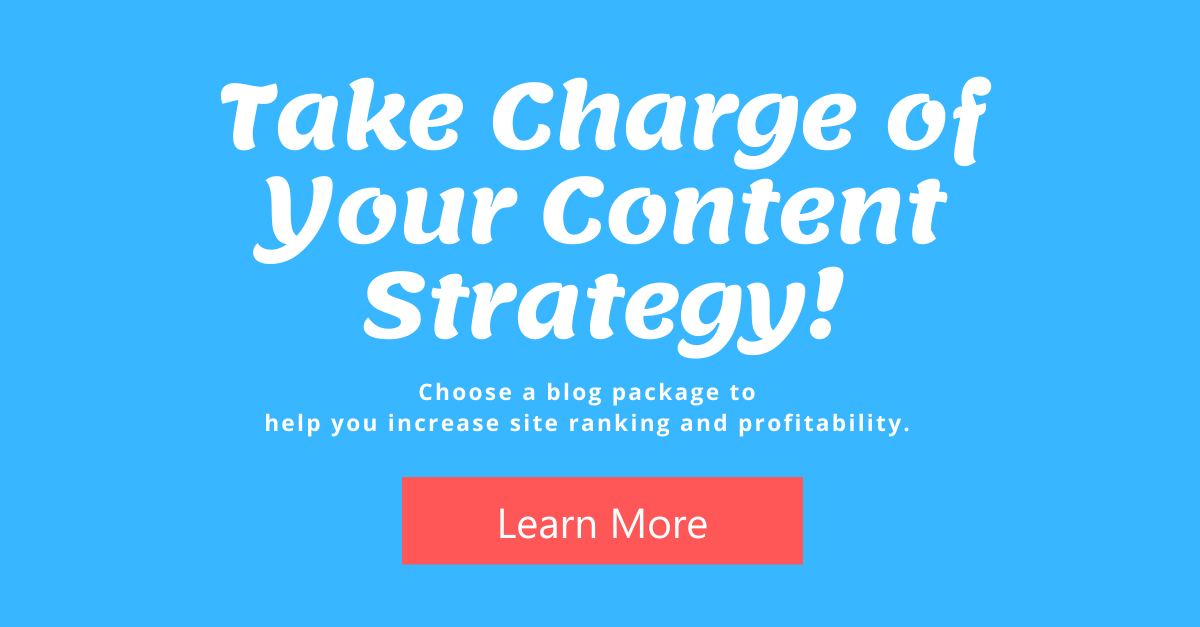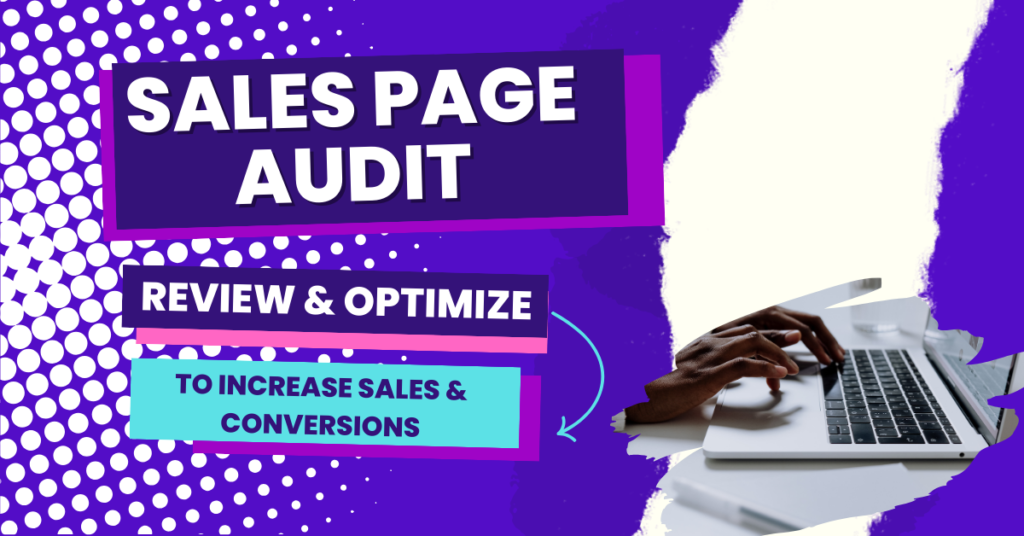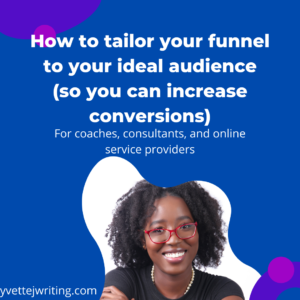You’ve heard that business blogging is necessary. But you haven’t had much luck with blogging in your company. In fact, you are still waiting to see how companies benefit from blogs.
But, you’d still like to take another go at it. After all, you’ve heard of and seen some of the results like…
… blogging increasing website visits and clicks
… blogging building trust in potential clients
…good blog posts compounding and continuing to drive traffic the longer they are live.
So, what’s the secret?
How can your company benefit from blogging while avoiding the downsides and disadvantages?
Yes, there are advantages and disadvantages to business blogging. But it’s about how you use those advantages to your benefit and meet the challenges head-on.
In this post, we’re going to look at how your company can benefit from blogging. And what you can do to avoid the downsides of running a business blog.
Table of Contents
ToggleWhat’s the purpose of a business blog?
How does 67% more leads than other brands sound? That’s what you could get if your website has a blog compared to a competitor that doesn’t (Source).
Your blog is a means to communicate with your audience, and most importantly, gain traffic to your website. Therefore, your business blog is supposed to help you build a relationship with your target audience and market your products or services.
It can be equal parts:
- Informational: You provide relevant content to help your audience learn more about their problems and how to solve them using your products or services.
- Educational: This type of content empowers your audience to take action and make changes to their situation.
- Brand building: All posts should be about illustrating your power in your niche and building your brand as a reputable source for information and education.
How to Use the Benefits of Business Blogging to Your Advantage
It doesn’t matter if you’re managing a B2B or a B2C blog. There are numerous benefits to managing a high-quality business blog that can convert. Now, while it’s good that you know what the benefits are, it’s even more important to understand how you can use them to your advantage.
Here, we are going to look at how companies benefit from blogs and how you can use those benefits to your advantage.
Related Blog Post: 7 Powerful Ways to Use Blogging to Market Your Business
Increase Website SEO
Imagine that you own a new HVAC company, or even one that’s not so new. You have a website and you’re targeting “HVAC” or “HVAC in [location]” keywords. But, you aren’t seeing any traction.
These are high volume, difficult keywords to rank for, especially if you operate in a competitive area. So, it becomes even more difficult for you to rank for these keywords from your landing pages without support posts.
What you can do is start a blog targeting these and other keywords. Your blog now gives you the opportunity to pursue less competitive keywords and build up your website’s overall SEO.
But you must offer value in those posts for this strategy to work. And, if you work at your blogging the right way, you won’t need to worry as much about issues like algorithm updates. So, if you’re like me, you’ll focus on giving value in every post and not just about cranking out content to meet some target.
Generate New Business
Including a call to action in your blog posts can help you increase new business. No, I’m not talking a direct sale though that can happen. What I’m alluding to is the process it facilitates.
Visitors to your blog often come for educational or informational content. They tend to be in the learning stage of the buying process. So, they may not buy immediately.
But, you’re able to get your product/service in their mind. You’ve shown that you know what you’re doing. Plus, if you use pixels, you can retarget them in your ad campaigns.
Grow your Email List
The money is in the list – or rather, how you use the list. But first, you need to build the list. Organically growing your list (versus buying one) often yields better results.
One of the main ways in which blogging can boost your business is by growing your email list. So, CTAs don’t have to be “buy now.” Your calls to action in the post can be “sign up for a freebie” which gets them on your list. Or, “subscribe to your newsletter” – if you plan to engage with your subscribers on a regular basis.
Then, you can use your list to grow your business through this high-converting avenue to market to them directly.
So, while you may not be able to make a direct sale from your blog posts, they are vehicles to get you on the right path. It’s not just putting out the content. But, you also need to make the ask. Writing clear and compelling CTAs helps a reader to know what’s the next step to take.
Related Blog Post: Business Blogging – The Benefits of Business Blogs and How to Get it Right
How to overcome the disadvantages and avoid blogging downsides
Here are a few quick tips to identify some of the disadvantages of blogging and how to overcome them.
- Time Consuming:
A blog post can take an average of 3 hours to write. So, if you don’t employ a content marketer or a blogger, it can be time-consuming to put out quality content. Plus, when you’re running a small business or a medium-sized enterprise, it may not be in the budget to hire a full-time writer.
How to avoid this downside: Start small if you’re the one managing your blog. If you can afford to, outsource to someone who can help you identify topics and keywords to target that will endear you to your target audience.
- Poor Content
Nothing can tank a blog’s results faster than mediocre content. You can pay to drive traffic to it. But, if the quality is poor no one will return. And you can also forget organic results.
Plus, high-quality posts help to generate backlinks which are important for increased search rankings. So, how do you avoid publishing poor content?
How to avoid this downside: Take your time to research properly and to write well. You can use tools to help with editing, though they won’t replace an editor. If you can’t find the time to put together a quality post, then find someone that can.
- Inconsistent Blogging
I’ve been guilty of this problem myself. I’ve helped others build out their company blogs while not doing much for my own. So, I have seen the results that consistent blogging can generate. Or how those results fall off when you put a blog on pause. So, unless you have a plan for consistently putting in the work and publishing quality content, you won’t see the results that you’d like.
How to avoid this downside: Create a blog schedule. You could do this for a month, quarter, and if you’re feeling especially optimistic, the year. Then, schedule time to write each week. I’ve found that batching work makes it easier to get writing done.
If you don’t have the time to put in consistent effort, then outsource your blogging to a reliable content marketer.
- Failure to target relevant keywords
While companies benefit from blogs, it’s not about just pushing out content. Writing for the sake of saying you’re blogging will not yield positive results for your business.
You need to straddle a fine line of optimized posts and engaging content. Which means finding relevant keywords. And no, we’re also not talking about keyword stuffing which I’m sad to see was still a thing in 2019.
How to avoid this downside: Conduct relevant keyword research. Identify user intent and then produce content that matches it.
Take for example this SEO blog post I wrote for a client. He knew what keywords to target because they were based on questions he received often. They were also highly searched keywords online.
So, we created a post that added more value than his competitors. The post was informational. But, armed with the right information, these searchers could now take the next step and order his products.
Companies Benefit from Blogs. It’s Time Yours Did Too
There are too many benefits to blogging for you to neglect your company blog in 2020.
Outbound marketing can be expensive. But, inbound marketing, that’s where the long-term benefits are.
Your blog is an inbound marketing asset to help you attract qualified leads and move further along the buyer journey to a sale. It’s your’s to use to grow your business.
So, how will you make your blog work for you in 2020?
It’s Q1 of the new year. Time to start making use of all the assets at your disposal to drive revenues in the coming year.
Yes, business blogging is a long-term game. But all the good things are. The longer the wine ages, the better the results. The same holds true for your business. The longer you implement the kind of content marketing strategy that drives results, the more you reap.
So, in making your plans for 2020, I hope you haven’t neglected blogging in your marketing. The big companies don’t. You shouldn’t either.
Need help coming up with a blogging and content marketing plan? Or do you already have a plan you want to put in place with some compelling words? Let’s talk about your 2020 blog strategy and how to make it an asset to your marketing efforts.
(Yes, that was my CTA. Hit me up and let me know what CTA’s you want to include in your blog).







